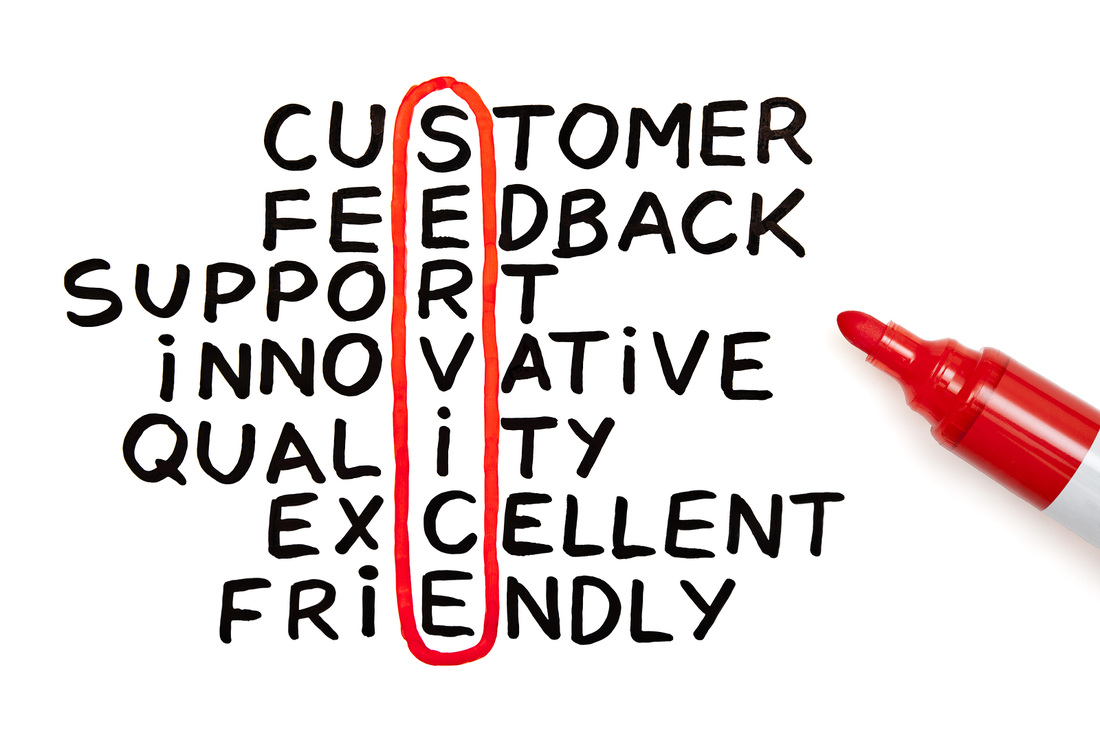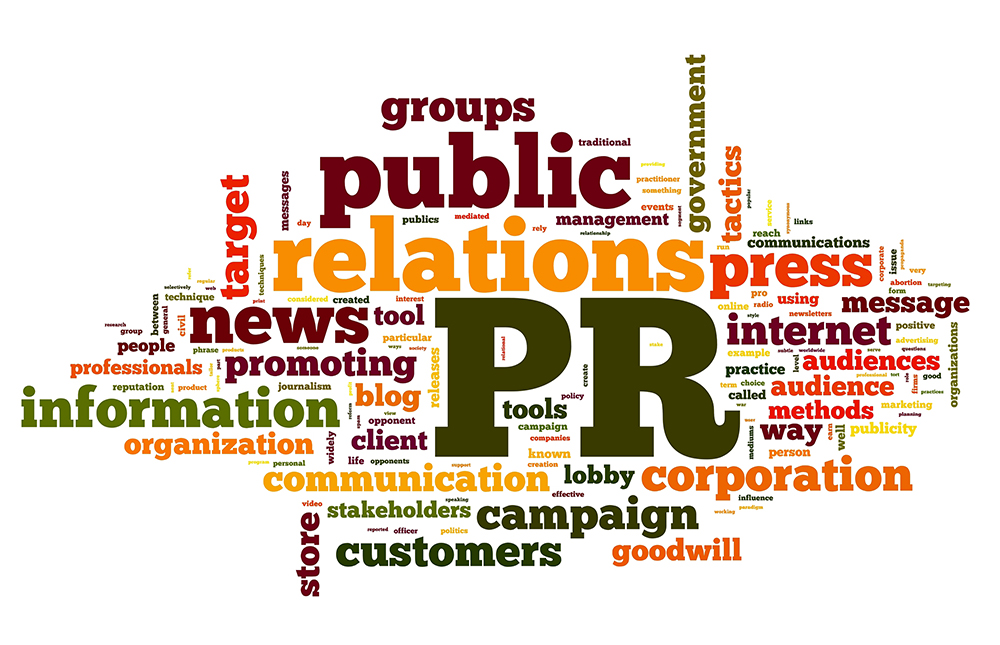The truth is that business, of all sizes, should both expect and welcome complaints. Your most unhappy customers are ideally a great source of learning and further developing your customer service strategies and techniques. It’s said that customers are five times more likely to share a bad experience than a good one. So at some point you are likely to deal with angry, rude or dissatisfied people.
Remember, you’re in business in the first place to serve your customers. Here are seven tips to diffusing a customer service issue, dealing with a unhappy customer in the short-term while delivering on long-term customer service:
Remain calm.
When a customer is angry or rude, there is nothing to be gained by reacting in a similar manner. It will only inflame the situation. Remain professional with customer service in mind.
Don’t take it personally.
When a customer is dissatisfied with a product or the quality service, remember that it’s not about you. Don’t shy away from problems, get in front of them.
Really listen to customers.
Most unhappy customers don’t complain, they simply walk away. Chances are if you are hearing about a problem, others have experienced it as well. Listening patiently can diffuse emotions and make the customer feel their concerns have been acknowledged.
Be sympathetic instead of defensive.
This stance can quickly diffuse anger as well as demonstrate your concern. Show sincere interest and concern, be sympathetic to show you understand, and even take the blame instead of making excuses.
Find a solution.
Find out what the customer really wants so you can work toward that instead of something they do not want. Offer up a realistic solution or ask what they think is fair. In most cases that’s all the customer wants, and they want to be be done with it as quickly as you do.
Deal with it quickly.
There is nothing to be gained by dragging out a negative situation; deal with it quickly and efficiently. You can’t always please everyone all of the time, but you can respond – to phone calls, social media messages, or customers on your sales floor – in a timely manner.
Maintain great customer service.
Even in the worst of circumstances, a customer will remember when you overwhelmed them with great customer service while fixing the issue. Your unhappy customers can be turned to become your most loyal customers.










 RSS Feed
RSS Feed
